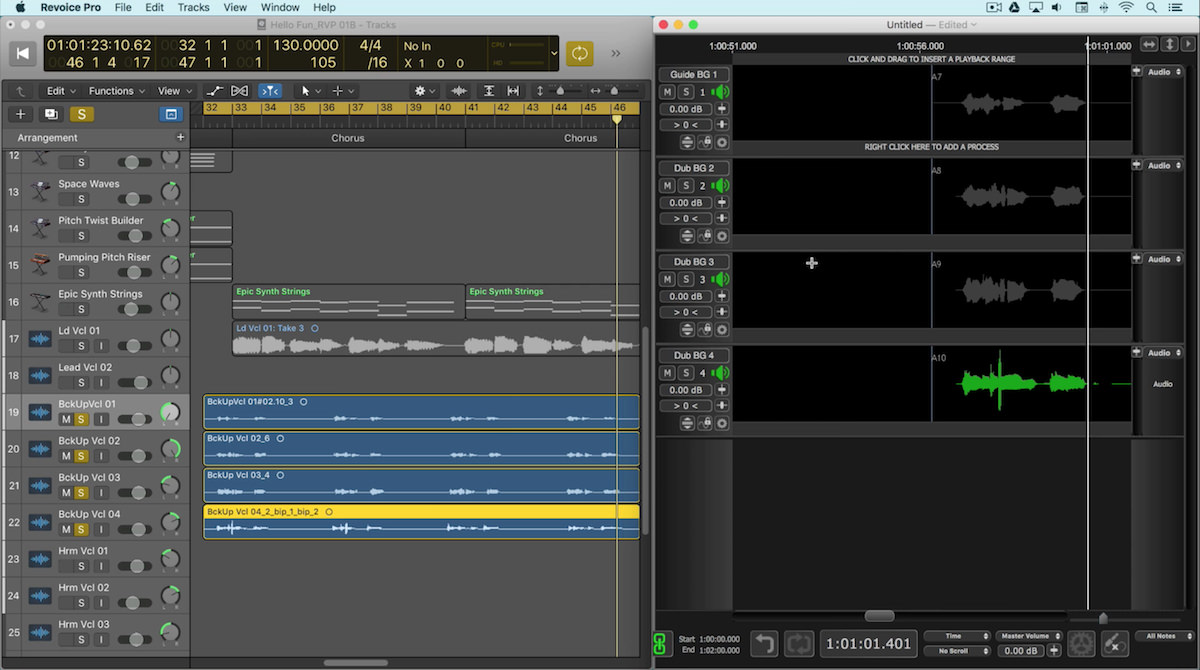
Sending different parts of the mix at varying proportions will then allow to define the ‘front to back’ perspective in your track, letting some parts positively swim in a larger hall setting, while others simply gain a sense of a ‘wraparound’ acoustic space, without a noticeable reverb tail.īeyond the basic size and duration of the reverb, there’s plenty more to think about in terms of tailoring the sound to your mix. Rather than use multiple instances of Space Designer on a per-track basis, the best strategy is to create a range of three or four key sizes – starting from a small room, and ending up with a larger hall setting. Sounds that are less percussive – like a string pad, for example – tend to work best with longer reverb settings, which also have the effect of placing the instrument towards the rear of the soundstage. Although there are no hard-and-fast rules, shorter, more percussive sounds tend to suit smaller reverb times, mainly to avoid the reverb masking the rhythmic qualities of the source material.Ī drum kit, for example, tends to sound best in one of the Small Spaces settings, using a reverb time between 0.5 and 1.5 seconds. Matching the reverb to the source material usually starts by exploring the size of the virtual room, or to put it another way, the length of the reverb tail. Although the Synthesized IR lacks the acoustic realism of the sampled version, it does have a few additional parameters that we’ll explore later on. Don’t be confused, though, as the Synthesized IR still uses the convolution process, and indeed, whenever you edit an aspect of the Synthesized IR, Logic will need to re-render the Impulse Response file that it uses for convolution.

To make Space Designer even more interesting, it also includes a ‘Synthesized IR’ option that lets you create your own Impulse Response from scratch. The process of convolution effectively combines the original dry source with the Impulse Response file, resulting in an output that sounds like it’s been recorded complete with a room’s acoustics. The reverb in Space Designer is created using short Impulse Response (or IR) files that are acoustic snapshots of either a real physical space, or a vintage reverb unit.

While the other plug-ins create their reverb synthetically, Space Designer is powered by a technique called convolution. Logic Pro X includes a number of different reverb plug-ins, but it’s Space Designer that’s the real star of the show. In this workshop, therefore, we look at the intricacies of Space Designer, from the basics to its more creative applications. An experienced Space Designer user understands how different sounds can work with reverb and how relatively simply controls – like pre-delay, or the tail’s EQ setting – can be exploited to best effect.


 0 kommentar(er)
0 kommentar(er)
